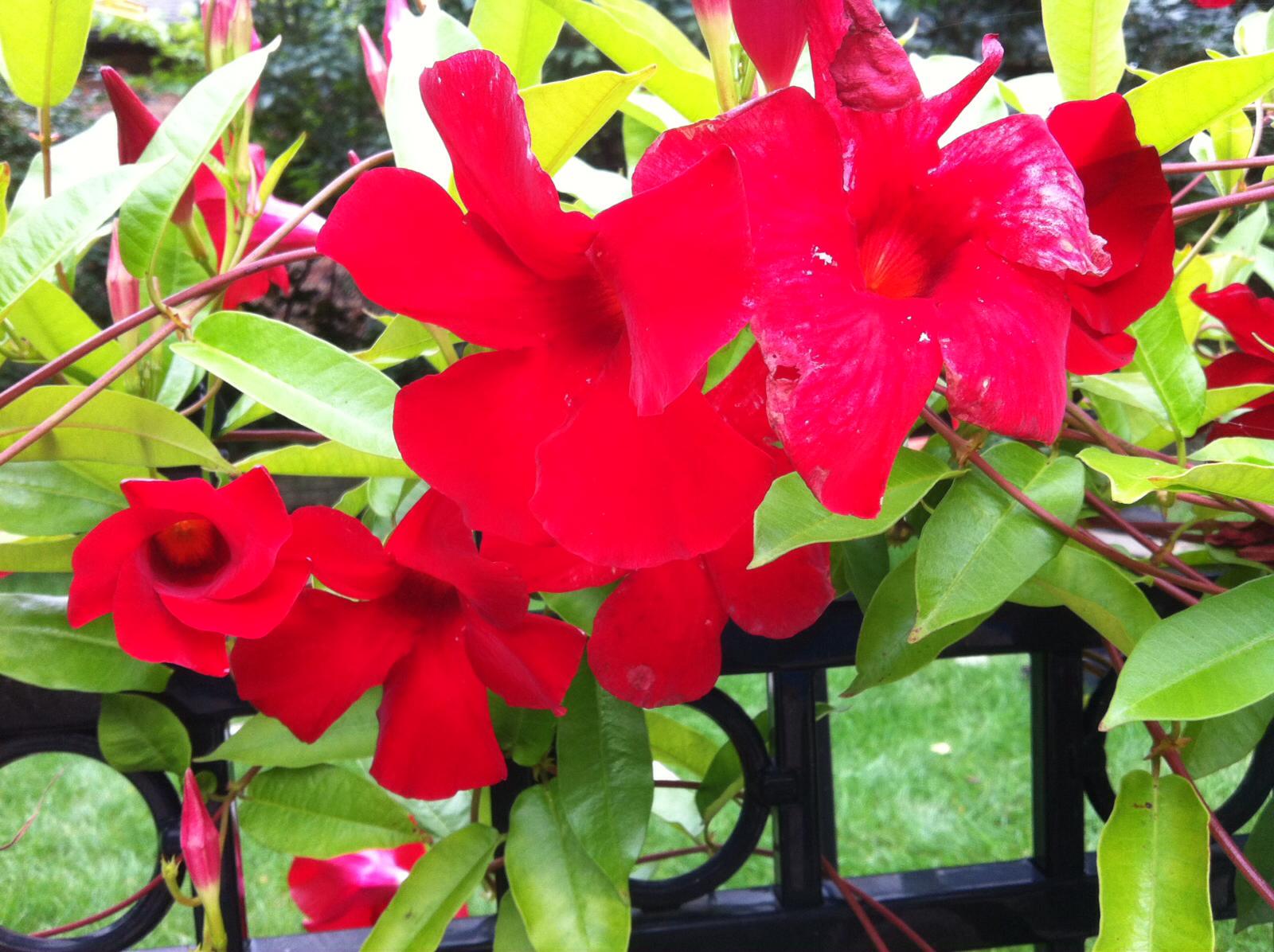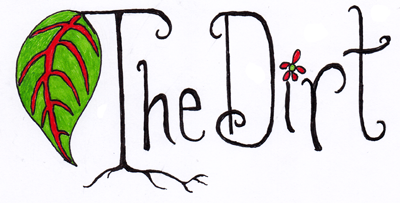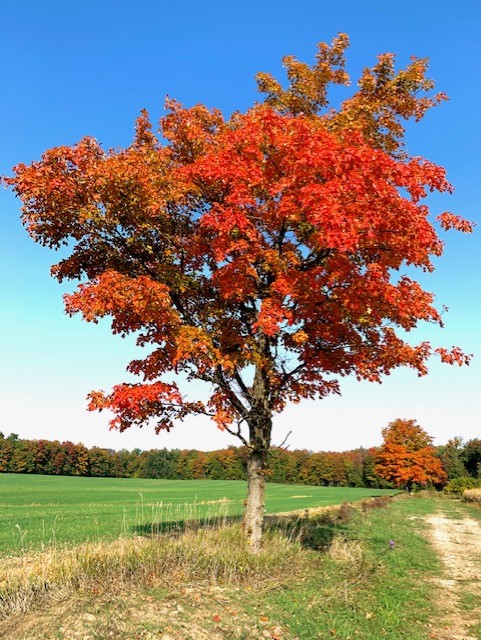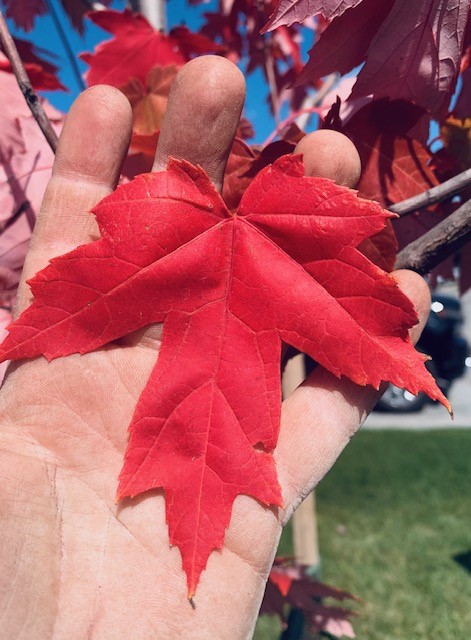

Posted by Erin Autio on Wednesday, September 30th, 2020 5:56 pm

This is such a beautiful time of the year! Temperatures are much more comfortable, the bugs of summer are gone and the spectacular fall show of colours is on full display!
It’s a perfect time for a walk in the woods or a drive through the countryside to appreciate the beauty of nature. But have you ever wondered why the leaves change colour?
Well here’s the short-ish answer.
Deciduous trees produce leaves in the spring as temperatures rise and daylight hours increase. All summer these leaves are green as the trees are growing and full of life. Leaves are green during this time period due to the presence of chlorophyll, which if you remember grade 9 science, is used by plants to perform photosynthesis. So, leaves appear green to us because chlorophyll is present helping the plant produce its food, sustaining life and growth.
As our daylight hours start to decrease and the temperatures start to dip lower, deciduous trees start to prepare for a long winter nap. These trees start to shut down which involves slowing food production and this means reduced amounts of chlorophyll in the leaves. As chlorophyll breaks down within the leaves their true colours begin to show through.
The leaf colour we see in the fall depends on the pigments that are in the leaf when the chlorophyll disappears. Yellows and oranges indicate the leaf contains the pigment carotenoid, the same pigment which makes carrots orange, while reds and purples indicate the presence of anthocyanin.
This year the reds seem so intensely beautiful but there are years they don’t seem quite as bold. The key to bright fall colours is the weather. Bright sunny days and cool nights produce the most vibrant fall display. Years that are unusually warm well into October won’t produce as intense an effect.
What about trees and shrubs whose leaves are red all year long you ask? Well these plants contain high levels of pigment all year long, enough to mask the chlorophyll present for photosynthesis. Why they developed this way is not known for sure but there are a couple theories. One theory is that the red pigment acts as a sunscreen to protect the plant from intense sun and another is that it acts as a warning to predators that it contains toxins. Either way, these plants are valued in landscaping as contrast to the more common green. Interesting to note is that red/purple foliage plants will be brighter if they are planted in more sunlight. In shadier locations these plants will need to increase chlorophyll production to be able to photosynthesize and that increased chlorophyll will add more green to the overall leaf colour making the red we see less intense.
The turning of the leaves in the fall is not a worldwide phenomenon. We are lucky to be witness to this every year here in Canada! Always makes me feel a bit patriotic! So get out and enjoy those red maple leaves and be thankful for the beauty of fall.
